The good, the bad and the hungry: diets for cyclists, rated by experts
What does a pro sports scientist think of these popular approaches to weight loss?
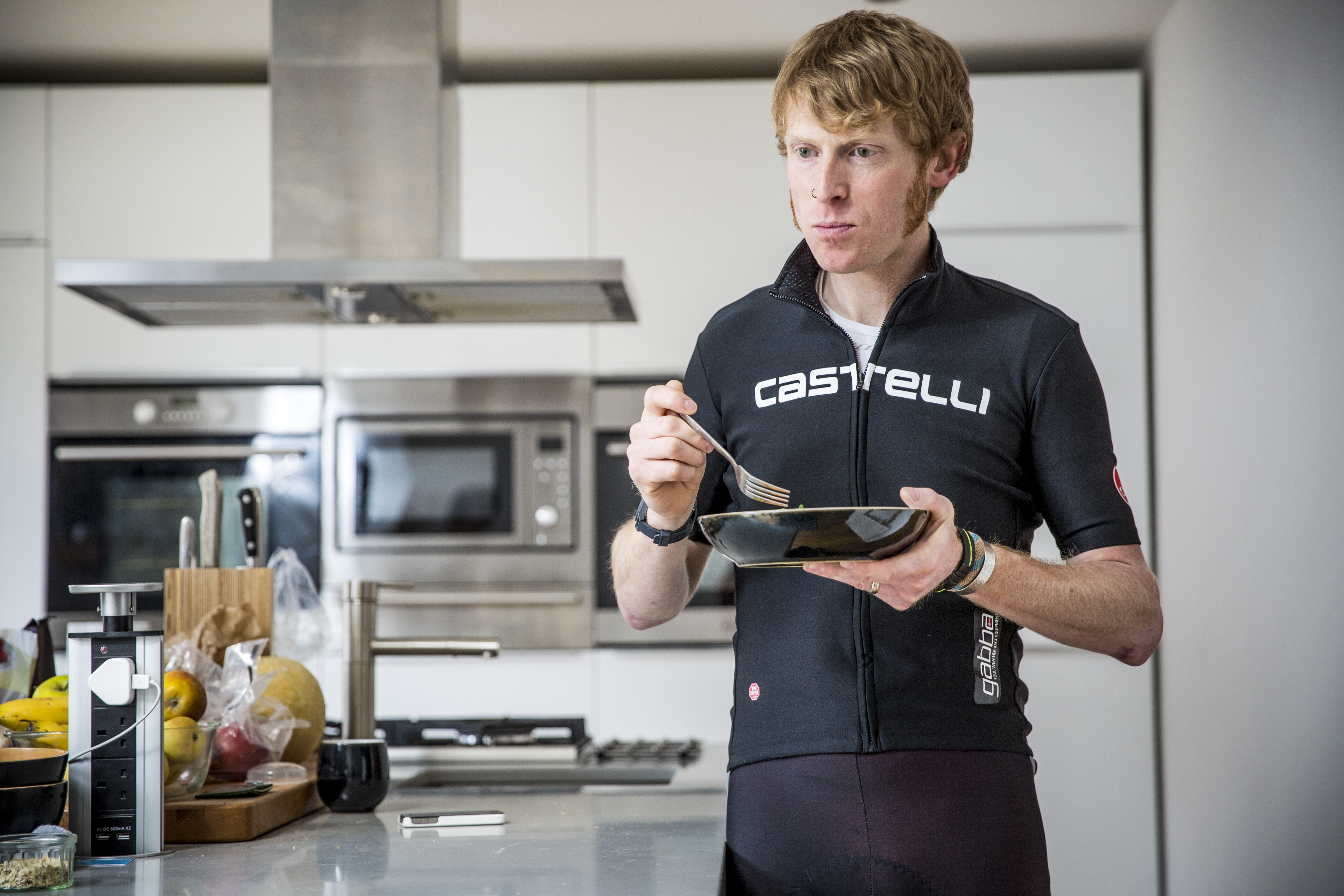

It’s hard to avoid the power to weight equation in cycling. Extra grams weighted to the rider can suck up watts gained through hard training, but insufficient nutrition can have a devastating effect on power produced.
The obsession with weight threads its way through bike design and into lighthearted cake stop gags at cafe stops. It takes on a more sinister tone when we hear heartbreaking revelations about pro riders using meal replacement powder to balance the tightrope walk of managing an eating disorder alongside the demands of professional sport.
Desire to drop the pounds can lead some cyclists to fall back on fad diets in the hope of losing weight and hitting the optimum riding mass.
However, many seemingly 'quick win' approaches come laden with drawbacks which can negatively affect performance, and quality of life.
We asked sports scientist for Mitchelton-Scott pro team, Dr Sam Impey, what he thought of some of the most popular diet formats, and picked up some pointers from coach Ric Stern about how to lose weight well.
Meal replacement shakes
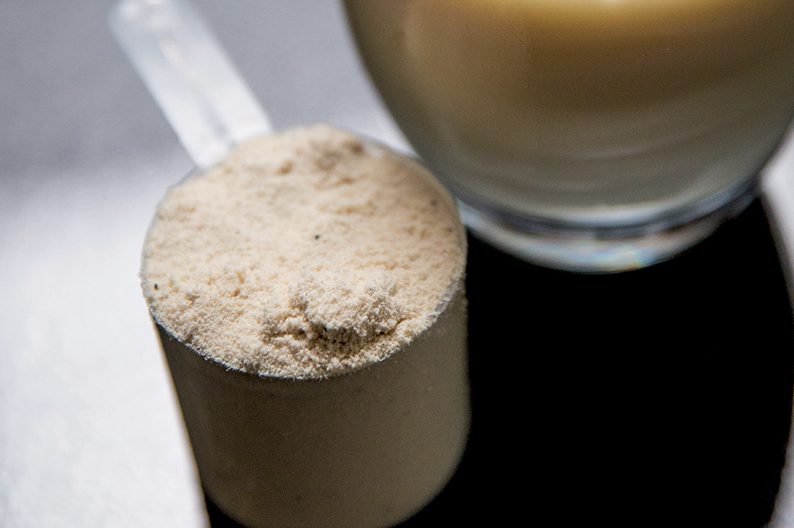
What is it?
There are several brands of meal replacement shakes out there.
Get The Leadout Newsletter
The latest race content, interviews, features, reviews and expert buying guides, direct to your inbox!
These aim to provide a complete meal, containing a perfect blend of macronutrients plus amino acids, in a powder that can be mixed up with water for a quick and easy meal.
Typically, you’ll replace breakfast and/or lunch with a shake, and eat a balanced plate of food in the evening.
The temptation to make the wrong choices is removed and the shake is likely going to contain a few less calories than your normal meals, putting you into a calorie deficit.
Is it a good idea?
"Theoretically you could definitely put everything you 'need' into a shake. But fundamentally if you deliver a whole food, you tend to get a slightly better physiological response," Impey explains.
Essential amino acids, of which there are nine, must be taken in via food because the body can't produce them itself. They're used by the body to make proteins, which aid recovery. Meal replacement shakes will include these building blocks of life - but Impey isn't convinced.
"If you were looking to fuel optimally, it's always better as much as you can to go for a whole food."
Impey also points out that meal replacement shakes can take away from the social element of eating.
"Sitting down to dinner, particularly in the context of a team, is a lot of fun. I don’t know that I’d want to be the bloke down at the end just with a shake, watching everyone else tuck into a nice plate of food," he says.
Finally, whilst meal replacement shakes could serve as a good way to drop weight quickly, they don't teach habits that can create a long term change.
"I would speculate that when people who use meal replacement shakes, the weight comes down, and slowly creeps back up in a repeated fashion, which is probably not good for you long term. It’s better to make consistent behaviour changes and develop better habits."
5:2/intermittent fasting
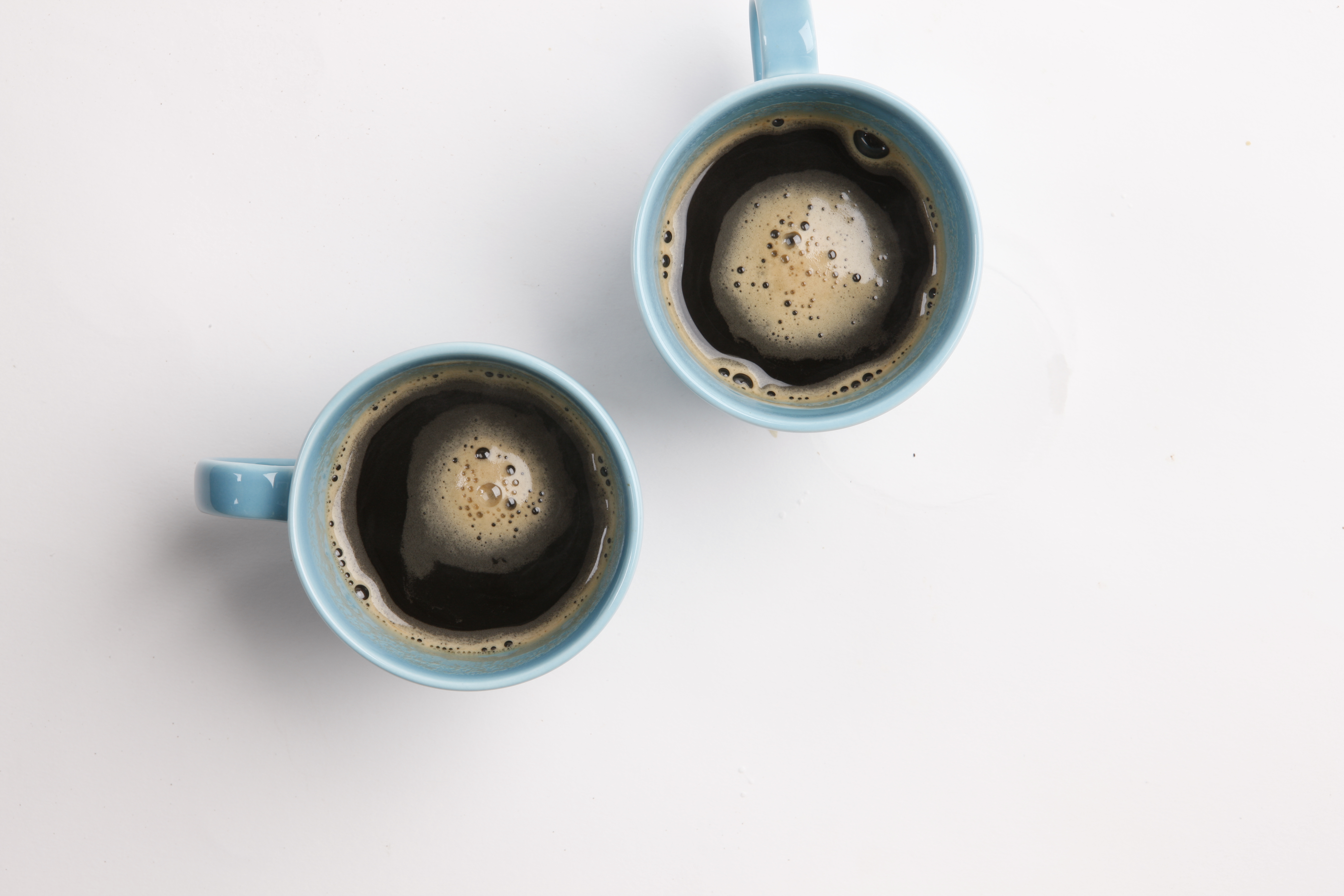
What is it?
The popularised version of this diet is to eat a 'normal' amount of calories (~2,000 for women and 2,500 for men, plus anything burned through exercise) five days a week, then about 500 calories twice a week.
Active cyclists will probably want to increase their 500 calorie days to something closer to 1,000.
Is it a good idea?
I was expecting Impey to be pretty opposed to this option, the low calorie days potentially impacting training and recovery. I was wrong.
"Initial studies carried out on mice showed quite a big expansion in longevity, and greater reduction in symptoms of all causes of mortality - better blood glucose and insulin sensitivity and respiratory capacity, there seemed to be something about restricting calories intermittently that had a beneficial effect on physiology," Impey says.
"There's more work to be done to understand how it works but it does appear that intermittent fasting results in a better health profile in multiple systems."
So, it can work - but there are caveats. It's training that makes you faster, and you won't be able to put in hard efforts on those low calorie days.
"You're always better off to maximise the quality of the training and then build your nutrition programme around that," Impey says, suggesting that the low calorie days be placed on rest or active recovery days.
Ric Stern, coach and nutrition adviser at CycleCoach, had devised his own method to make the approach a bit less painful.
"I'd suggest riders looking to use intermittent fasting stop eating about 6 or 7pm in the evening, following an evening meal. Then get up in the morning at seven o'clock and go for a quick training ride between 60 and 90 minutes before having a good breakfast.
"This allows you to create a negative energy deficit, without it being as horrendous as going all day," he says.
Impey does stress that riders should exercise caution with this approach, particularly women - whose threshold for getting into zone of Relative Energy Deficit Syndrome (Red-S) is generally lower - around 45kcal per kilo of lean muscle mass as opposed to 20 for men.
Low carb, high fat diets
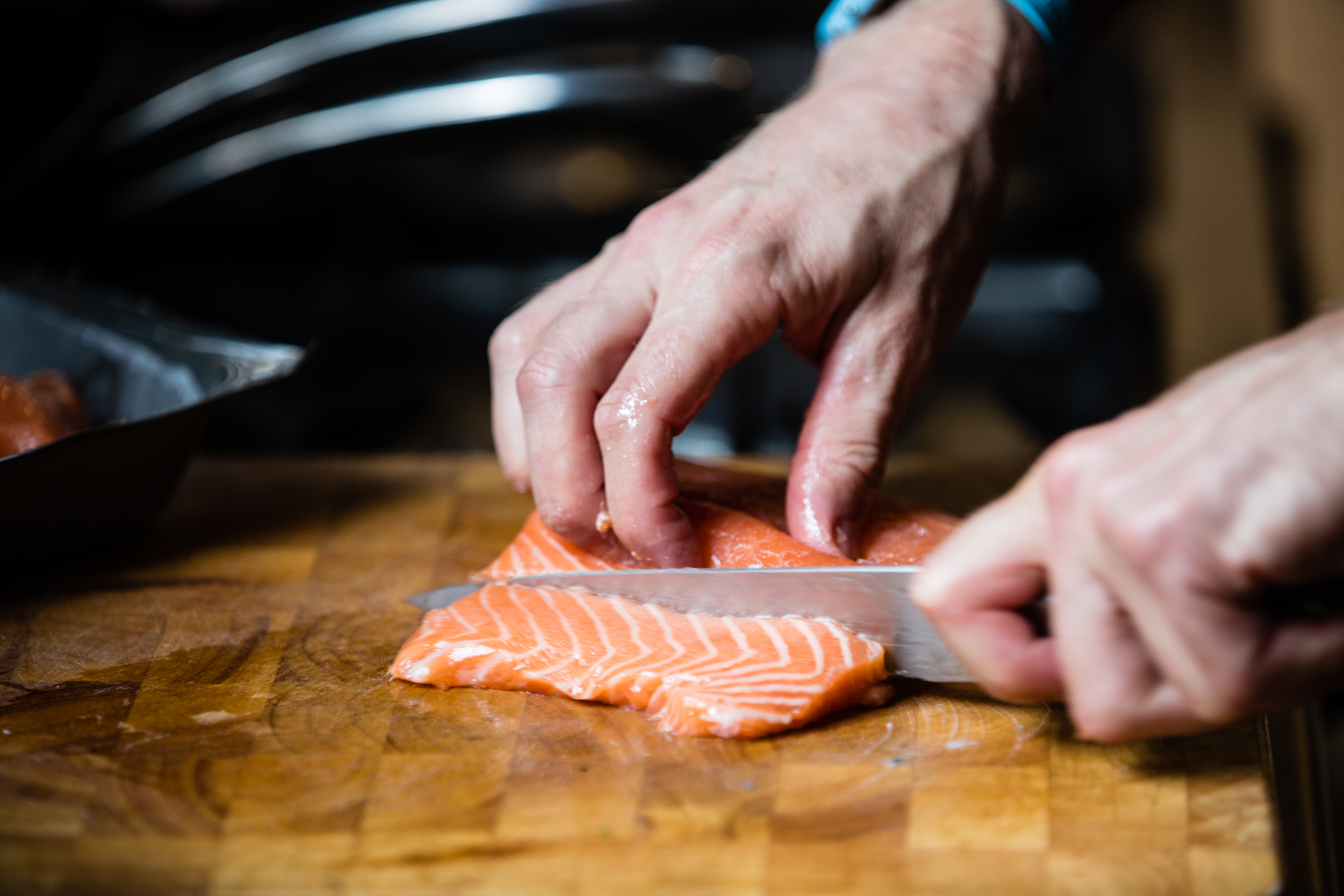
What is it?
There’s quite a few diets out there which promote a low carbohydrate intake, with fat and some protein making up much of the difference.
The Ketogenic diet aims to put people into a state of ketosis, when the body becomes more effective at accessing its fat stores. People need to eat less than 50g of net carbs, per day – ideally less than 20g. Protein is restricted too.
The first phase of the four phase Atkins diet sees people eat less than 20g of carbs, before gradually increasing intake. Fat and protein intake make up the gap.
Is it a good idea?
It’s common for people to drop weight very quickly when they start out on a low carb diet.
This is largely because for every gram of carbohydrate stored in the body, there’s around two to three grams of water stored. So that initial shift is actually mostly water weight.
However, it is true that many people will continue to lose weight beyond this. Cutting out carbs often means a big reduction in calorie dense foods. It’s really quite hard to overeat on grilled chicken and broccoli.
So far, so good.
“There are a lot of people who seem to anecdotally have a very good response to this type of diet. There are some studies showing that it's certainly sustainable in high-level athletes,” says Impey
Low carb diets which encourage the body to burn through its fat stores are particularly popular among long distance riders. Even lean athletes have around 100,000 calories of fat stored away, ready to be used – if we can access this, we reduce the need for refuelling and associated gut discomfort.
The problem? Your body needs more oxygen to process fat. Once you get above threshold, or ‘zone 4’, it won’t be able to access those fat stores and most athletes will ‘hit the wall’.
“There's a big reduction in the ability to sustain high intensity efforts which are very carbohydrate dependent,” says Impey.
Not only that, some studies have shown that athletes who have become fat adapted are less able to put carbohydrates to use when they do consume them.
“When researchers gave fat adapted athletes a normal pre race meal, they weren’t able to utilise the carbohydrates and produce the performance that they did before going on the diet,” Impey says.
Cereal diet

What is it?
Simple: replace two meals a day with a bowl of cereal. Ideally a special brand.
Is it a good idea?
In short, not ideal.
“Very few breakfast cereals are really genuinely low on the Glycemic Index. So the way I see it, you'll get a spike of insulin and will probably be hungry again pretty soon afterwards,” Impey says.
The Glycemic Index (GI) is a way of ranking foods based on their affect on blood glucose levels. Low GI carbs - 55 or less - are slow released and keep you fuller for longer, whilst high GI foods will spike insulin making you feel great for a short period of time before a slump and need to top up.
Impey recommends eating the same number of calories via a more balanced meal.
“I’d rather use something satiating, like a chicken wrap with salad, something that calorie matched. I reckon you'd be much happier doing that than having a bowl of cereal.”
Juice fasts
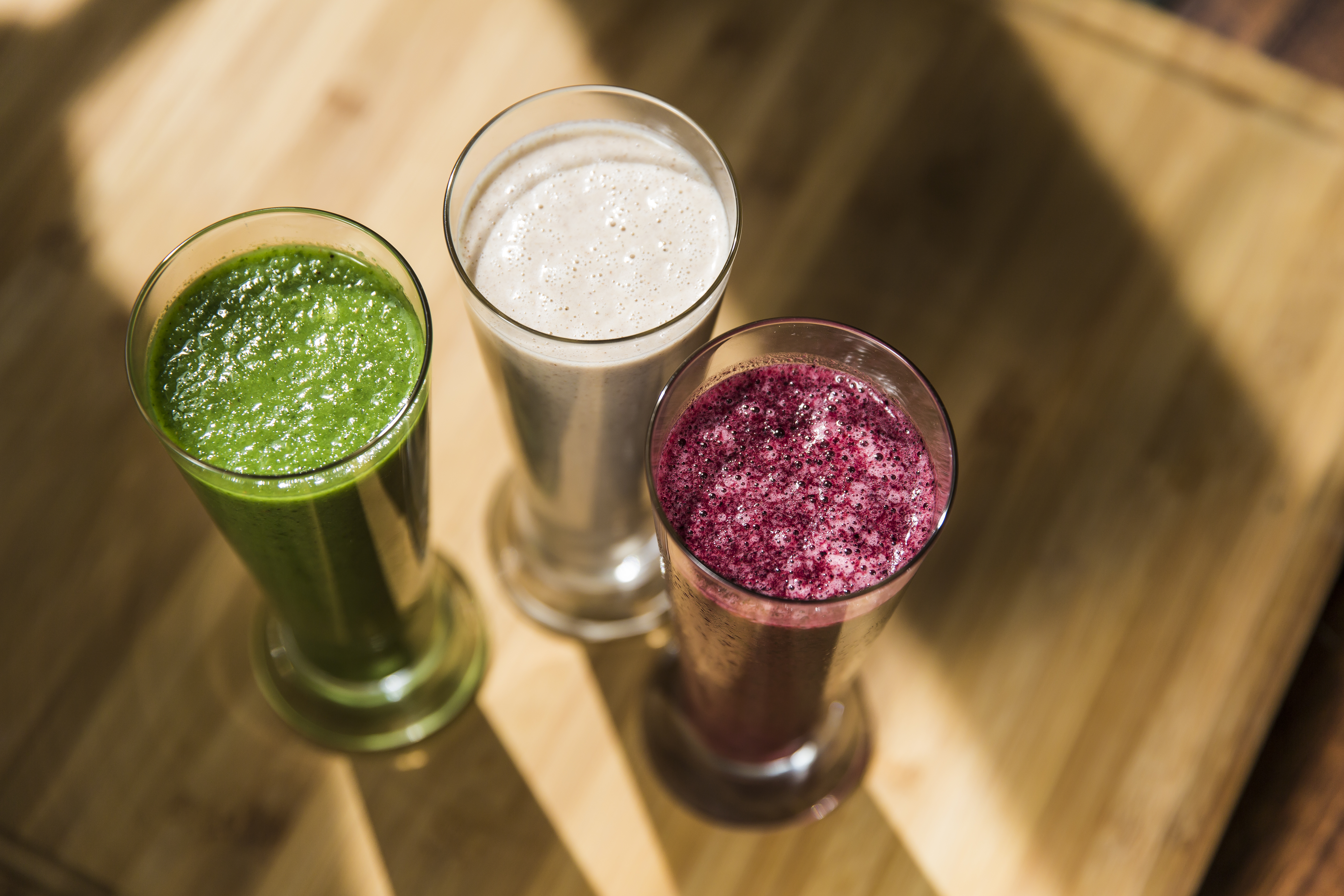
What is it?
Purchase a selection of special juices designed to provide you with enough vitamins to stay alive despite being in a massive calorie deficit.
Is it a good idea?
As far as Impey is concerned, this is a quick fix, but not one which he’d advise.
“You're compressing the calorie restriction into a very short period of time, so effectively being real unhappy for a short space of time instead of a bit unhappy for a longer period of time,” he says.
“You're going to have massive amounts of vitamins, minerals and antioxidants. I can see the potential selling points. But you're also missing essential things like proteins, healthy fats, if you're training then carbohydrates, dietary fibre for gut health.
"Even though you've got really high vitamin and mineral content by having a very much reduced protein intake and carb intake you're also running the risk of having a slightly surpassed immune system. Add training into that and you're at a greater risk of picking up coughs and colds and that fundamentally can reduce training days and thus performance capacity.”
In short – you’ll probably lose weight, but training will suffer big time, if you can train at all.
What should we be doing?
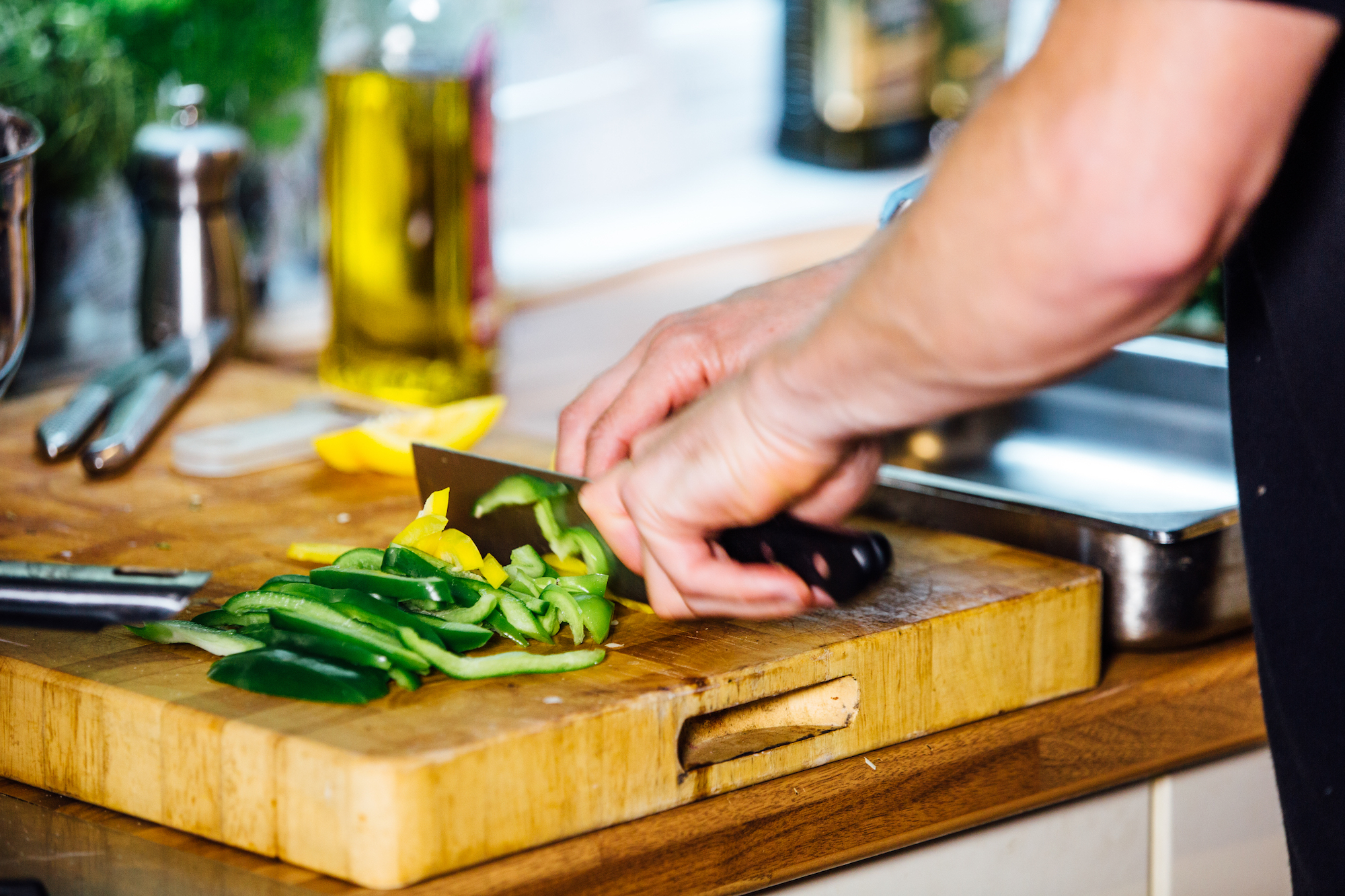
The key message seems to be one of consistency and patience.
Coach Ric Stern of CycleCoach said: "When I work with athletes, I'd rather make progress slowly than see them have massive swings in weight. That's both unhealthy and results in people losing horrible amounts of fitness, quite rapidly."
Healthy change has to be sustainable.
"There's no point asking people to eat food they don't enjoy. It's better to look at food they like, and find healthier versions. For example, you might have someone who likes a fry up for breakfast once a week. There might be easier and healthier ways to eat a better version - grilling or baking, and substituting some of the foods.
"Volume of fruit and veg is often lacking, so I usually try to get people to increase that," he says.
Stern also suggests that riders looking to lose quite a bit of weight accept that this may mean putting fitness and intervals on the back burner, temporarily.
"If you have a lot of weight to lose, you'll need to balance that with the amount of intensity you include. I wouldn't include intervals, it seems to be a bit of a recipe for disaster.
"If you want to lose 5kg, you might have to prioritise that 5kg, and accept doing less intensity in that time, then once you've got there, you can up your calories again and reintroduce harder sessions."
There’s one thing that all diets have in common: they put you in a calorie deficit.
“Fundamentally you lose weight because you're in a calorie deficit, that's the second law of thermodynamics - energy in must equal energy out to maintain a set state, it's the underpinning rule which holds the universe as we know it together,” says Impey.
“There's 10,000 different ways to create a calorie deficit. What you need to do is make small changes, consistently,” Impey says.
“Make a change in behaviour, whether that's cooking from scratch, adjusting the time you eat, using more fresh fruit and vegetables. It's finding what works best for you.”

Thank you for reading 20 articles this month* Join now for unlimited access
Enjoy your first month for just £1 / $1 / €1
*Read 5 free articles per month without a subscription

Join now for unlimited access
Try first month for just £1 / $1 / €1
Michelle Arthurs-Brennan the Editor of Cycling Weekly website. An NCTJ qualified traditional journalist by trade, Michelle began her career working for local newspapers. She's worked within the cycling industry since 2012, and joined the Cycling Weekly team in 2017, having previously been Editor at Total Women's Cycling. Prior to welcoming her first daughter in 2022, Michelle raced on the road, track, and in time trials, and still rides as much as she can - albeit a fair proportion indoors, for now.
Michelle is on maternity leave from April 2025 until spring 2026.
-
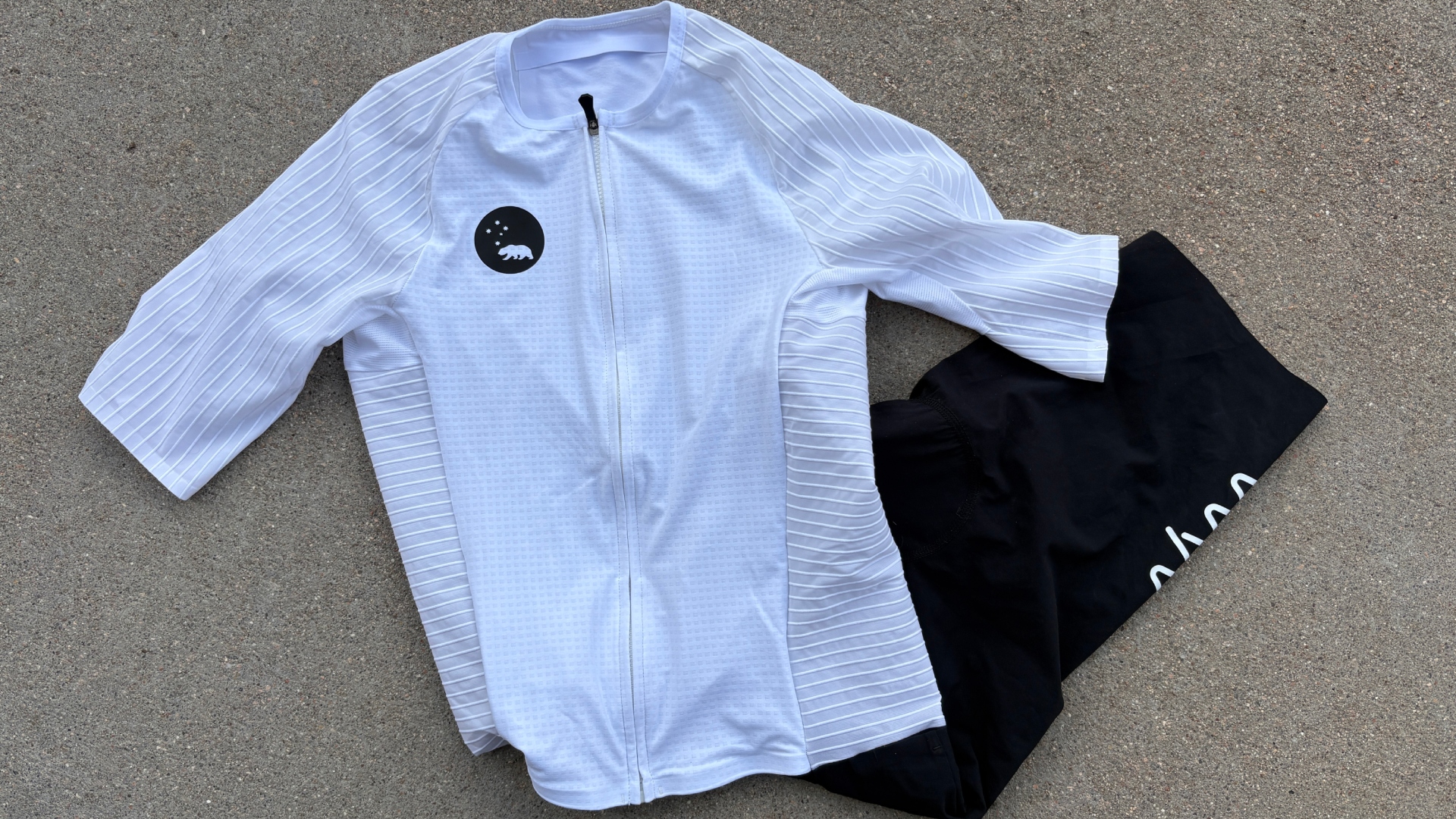 "Like a second skin” - the WYN Republic CdA triathlon suit reviewed
"Like a second skin” - the WYN Republic CdA triathlon suit reviewed$700 is a substantial investment in a Tri Suit, and it is, but you’ll definitely feel fast in it
By Kristin Jenny
-
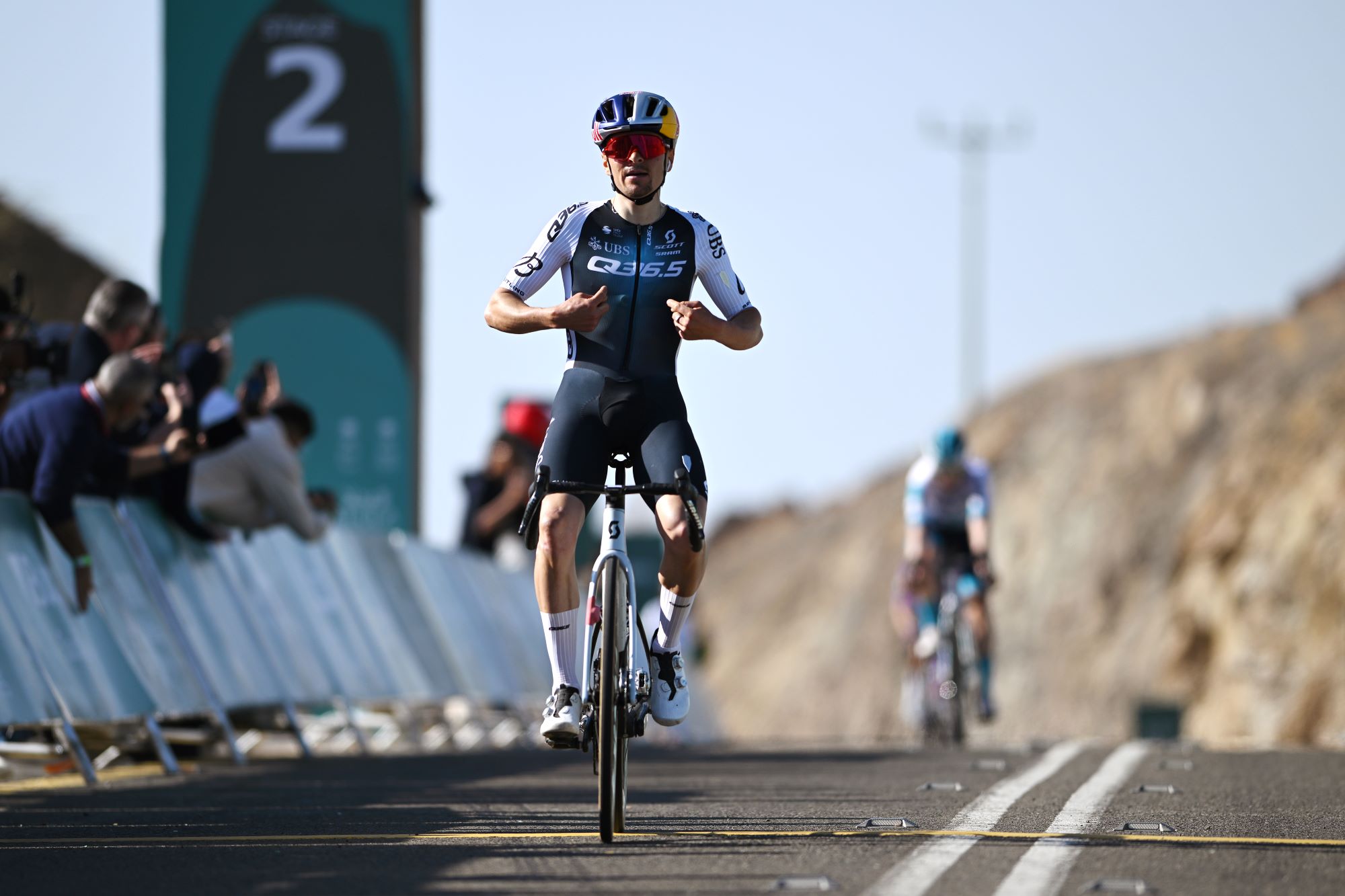 What does Q36.5 mean? We asked the people behind the Italian kit brand that sponsors Tom Pidcock's team
What does Q36.5 mean? We asked the people behind the Italian kit brand that sponsors Tom Pidcock's teamQ36.5's Luigi Bergamo and Lodovico Pignatti Morano take on Cycling Weekly's Q&A
By Tom Thewlis